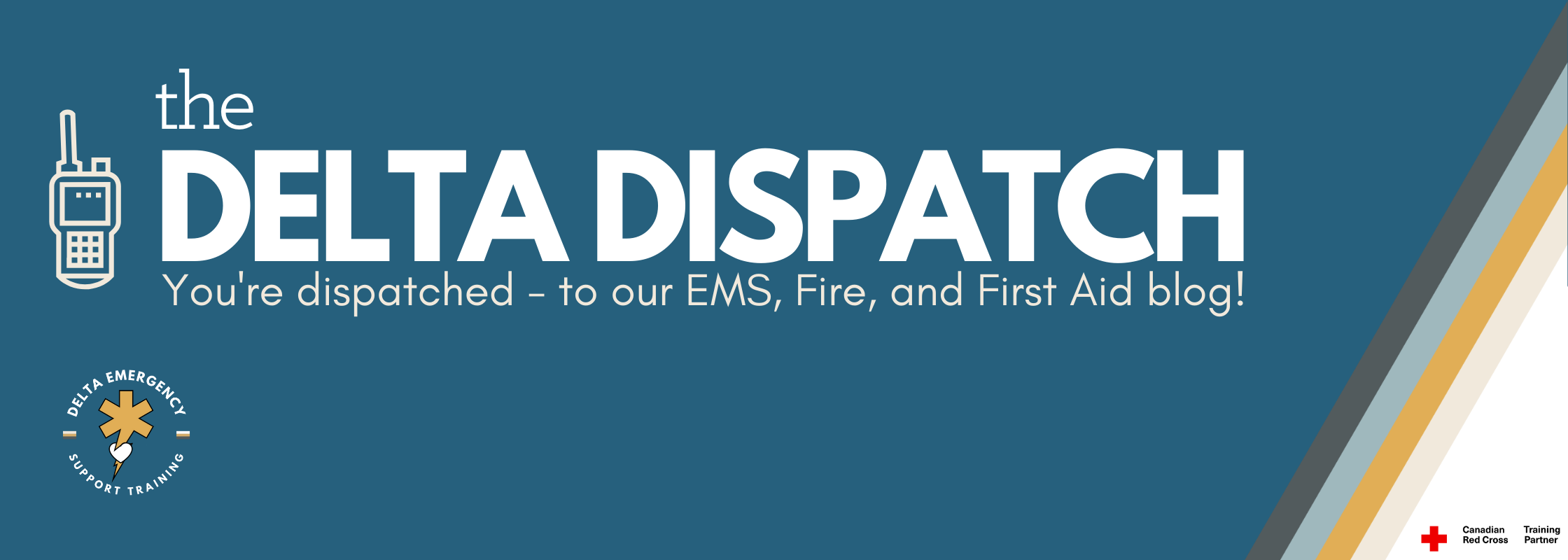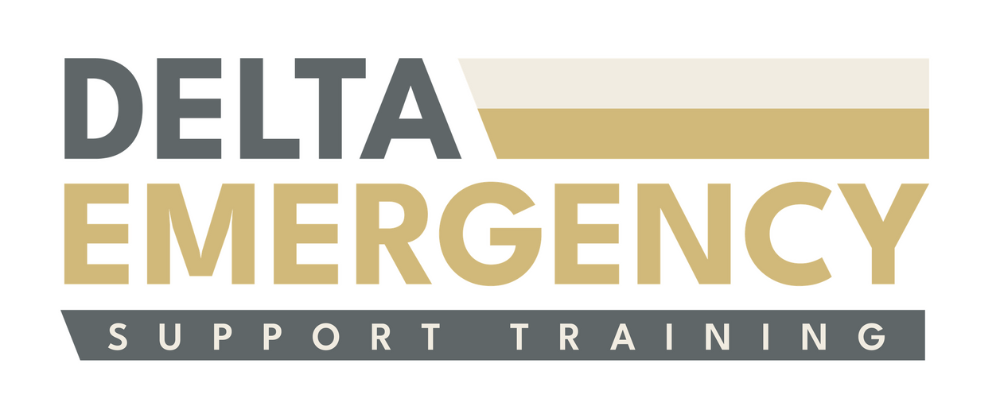Essential Acronyms and Medical Terms Every EMS Professional Should Know
/Entering the world of Emergency Medical Services (EMS) can be overwhelming at first — there’s a lot of information to process, and mastering medical terminology is a huge part of the learning curve. One of the most effective ways to communicate in high-pressure situations is by using standardized acronyms and medical terms. Understanding these abbreviations is crucial for providing timely care, collaborating with your team, and ensuring patient safety.
Here, we’ve compiled a list of essential acronyms and terms every EMS professional should know. To make it easier to learn, we’ve divided the terms into categories, and we’ve also provided study aids that can help you retain this critical knowledge.
1. Basic EMS and Patient Care Acronyms
These acronyms are fundamental to understanding the basics of patient care and emergency response.
ABCs
Meaning: Airway, Breathing, Circulation
What It Means: The first steps in any patient assessment to determine if life-threatening issues exist.
SMR
Meaning: Spinal Motion Restriction
What It Means: A method used to stabilize the spine of a trauma patient to prevent further injury.
GCS
Meaning: Glasgow Coma Scale
What It Means: A scoring system used to assess a patient’s level of consciousness based on eye, verbal, and motor responses.
BPM
Meaning: Beats Per Minute
What It Means: A measure of heart rate. Crucial for assessing cardiovascular function.
BP
Meaning: Blood Pressure
What It Means: The force of blood pushing against the walls of the arteries. Monitored to assess cardiovascular health.
SOB
Meaning: Shortness of Breath
What It Means: A common symptom indicating potential respiratory distress or other underlying conditions such as heart failure.
2. Medical History and Symptoms Acronyms
Understanding a patient’s medical history and recognizing symptoms is crucial for accurate diagnosis and treatment.
TIA
Meaning: Transient Ischemic Attack
What It Means: A temporary blockage of blood flow to the brain, often referred to as a "mini-stroke."
LOC
Meaning: Level of Consciousness
What It Means: An assessment of the patient's responsiveness and awareness.
MOI
Meaning: Mechanism of Injury
What It Means: The method or cause of injury (e.g., fall, motor vehicle accident) that helps responders assess potential injuries.
ETOH
Meaning: Ethanol (Alcohol)
What It Means: Refers to alcohol consumption or intoxication, which is important for understanding potential contributing factors to the patient’s condition.
Hx
Meaning: History
What It Means: Refers to a patient’s past medical history, which is critical for accurate diagnosis and treatment.
Tx
Meaning: Treatment
What It Means: Refers to the care given to the patient during the emergency response.
3. Emergency Response and Medical Procedure Acronyms
These terms relate to the actions and procedures performed during an emergency.
MCI
Meaning: Mass Casualty Incident
What It Means: A situation where there are too many casualties for the available resources, requiring triage and coordination.
ROSC
Meaning: Return of Spontaneous Circulation
What It Means: When the heart begins to beat again after being in cardiac arrest, usually following CPR or defibrillation.
EMR
Meaning: Emergency Medical Responder
What It Means: The initial level of EMS provider trained to provide immediate care at the scene of an emergency.
PCP
Meaning: Primary Care Paramedic
What It Means: A level of paramedic providing basic and some advanced care before hospital arrival.
ACP
Meaning: Advanced Care Paramedic
What It Means: Paramedics with additional training in advanced airway management, medication administration, and critical care techniques.
CCP
Meaning: Critical Care Paramedic
What It Means: Paramedics trained to manage patients requiring the highest level of care, including the use of complex equipment and advanced treatments.
4. Common Medical Terminology
These are important medical terms you’ll need to know for a deeper understanding of specific conditions and procedures.
PEARL
Meaning: Pupils Equal and Reactive to Light
What It Means: A quick neurological assessment where the patient's pupils are examined for abnormalities.
HR
Meaning: Heart Rate
What It Means: The number of heartbeats per minute, a crucial indicator of cardiovascular health.
CNS
Meaning: Central Nervous System
What It Means: The brain and spinal cord, responsible for processing information and controlling bodily functions.
MI
Meaning: Myocardial Infarction
What It Means: The medical term for a heart attack, caused by a blockage in one of the coronary arteries.
Syncope
Meaning: Fainting
What It Means: Temporary loss of consciousness, often caused by a drop in blood pressure or inadequate blood flow to the brain.
5. Study Aids for Memorizing Acronyms and Terms
Now that we’ve covered the essential acronyms and medical terms, let’s talk about how to effectively memorize them and apply them in real-world scenarios. Here are some practical study guides and tools that will help you retain this information:
Flashcards
Flashcards are one of the best ways to memorize medical terms and acronyms. Create a set for yourself and quiz yourself regularly. You can make your own flashcards using index cards or use digital apps like Quizlet, where you can search for pre-made sets or create your own.
Example:
Front: "ABCs"
Back: Airway, Breathing, Circulation
Tip: Test yourself or have a study partner quiz you.
Mnemonics
Using mnemonics is an effective way to remember lists of acronyms. For example:
"ABCs": “Always Be Calm” — helps remind you that the first thing to check is Airway, then Breathing, and Circulation.
"PEARL": “Pupils Equal And Reactive Light” — helps remember the steps for checking pupils during a neurological exam.
Quizzes and Practice Exams
Regularly take quizzes and practice exams to reinforce your knowledge. Many EMS training programs offer practice tests that simulate real-life emergency scenarios. Websites like EMTprep.com and MedPage also provide quizzes specifically designed for EMS students.
Group Study
Studying with a group can help reinforce your knowledge and expose you to different ways of remembering terms. Set aside time to review acronyms together and test each other’s knowledge in a quiz format.
Interactive Learning Tools
Apps and websites like Anki (a flashcard app with spaced repetition), Quizlet, and Brainscape can make studying more interactive and help you retain information over time. They can also help you track your progress.
6. Tips for Applying Terminology in Real-Life Scenarios
When you're out in the field, it’s not just about memorizing acronyms — it’s about applying them quickly and accurately under pressure. Here are some ways to put your knowledge into practice:
Practice in Mock Scenarios: Use role-playing and simulations to practice how you'd assess a patient and use these acronyms and terms in real-time.
Team Communication: Use acronyms during team briefings, ensuring that everyone understands the terms. It’s important to speak in the same language for effective communication.
Know When to Ask Questions: Don’t hesitate to ask senior responders or your instructors for clarification if you don’t understand a term or acronym in a particular context. It’s better to ask than risk misunderstanding.
Conclusion: Why Knowing These Acronyms and Terms is Crucial in EMS
Mastering medical acronyms and terms is more than just memorization — it’s about ensuring patient safety, improving communication with your team, and providing high-quality care under pressure. By understanding these critical terms and incorporating them into your EMS training, you’ll be better prepared to act quickly and decisively in any emergency.
At Delta Emergency Support Training, we make sure our students are equipped with the knowledge and skills to perform confidently in any situation. Whether you’re a beginner just learning CPR or an advanced practitioner, mastering medical terminology is a key step toward becoming an effective EMS professional.




